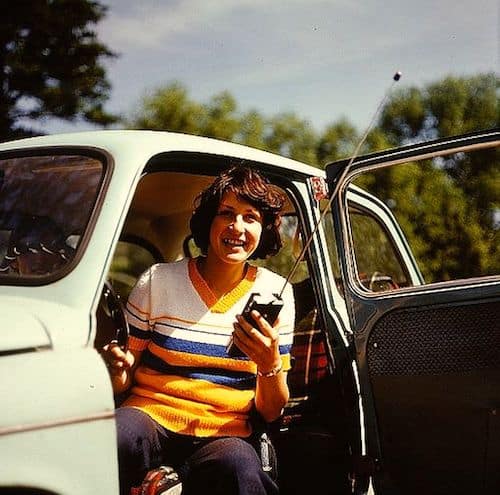

- CB RADIO LINGO LOCAL POLICE MOVIE
- CB RADIO LINGO LOCAL POLICE LICENSE
- CB RADIO LINGO LOCAL POLICE TV
The channel number and its frequency are: Over the years, changes occurred to the service such as adding additional channels however, the purpose of the service has remained the same. The CB Service provides a service for short-distance communications by individuals and businesses. Similar service includes the General Mobile Radio Service (GMRS). It is authorized 40 channels between 26.965 MHz and 27.405 MHz. The Citizens Band Radio Service (CBRS) is a private, two-way, short-distance voice communications service for personal or business activities of the general public. Wireless Medical Telemetry Service (WMTS).Narrowband Personal Communications Service (PCS).Medical Device Radiocommunications Service (MedRadio).Maritime Survivor Locating Devices (MSLDs).Intelligent Transportation Systems (ITS).Dedicated Short Range Communications (DSRC) Service.
CB RADIO LINGO LOCAL POLICE LICENSE


CB RADIO LINGO LOCAL POLICE MOVIE
The song went number one on the charts in the US and abroad and was even made into a movie in 1978.ġ0-4 has shown up in hip-hop lyrics, too, like Ghostface Killah’s 2004 “Beat the Clock,” where he raps: “…ten four, may day-may day / Callin’ all cars, callin’ all cars.” This use is inspired by 10-4 in cop-speak. McCall’s 1975 song “Convoy,” where he uses trucker CB radio slang like breaker one-nine (a radio channel used by truckers) and 10-4. The expression 10-4 further spread into popular culture when it was featured in C.
CB RADIO LINGO LOCAL POLICE TV
Helping to popularize 10-4 in the mainstream was the 1950s TV crime drama Highway Patrol, starring Broderick Crawford, known for starting his conversations on his radio with 10-4. Oh, the ’50s. These handy codes were quickly adopted by others communicating via radio, such as CB (Citizen Band) radio enthusiasts and truckers. 4 was simply chosen to mean “acknowledgement” of a message ( 10-3 meant “stop transmitting” in case you wanted to know). The 10 was used as a placeholder to give the motor-generator time to speed up enough to hear the second part of the code. It took a split second for the motor-generator in the radios to warm up, and so the first syllables of a radio transmission were often lost. The use of the number 10 before all of the codes was another workaround. The ten-codes were invented to communicate information quickly and clearly. For starters, there were limited police radio channels, so officers couldn’t stay on the line too long or else others wouldn’t be able to get through. In the 1930s, radio technology was still relatively new and limited. Ten-Four Day ~ for decades, Oct 4 has been a day to salute radio operators. 10-4 is an affirmative signal: it means “OK.” The ten-codes are credited to Illinois State Police Communications Director Charles Hopper who created them between 1937–40 for use in radio communications among cops. 10-4 is one of the so-called ten-codes, or radio signals, invented by the Association of Public-Safety Communications Officials-International (APCO).


 0 kommentar(er)
0 kommentar(er)
